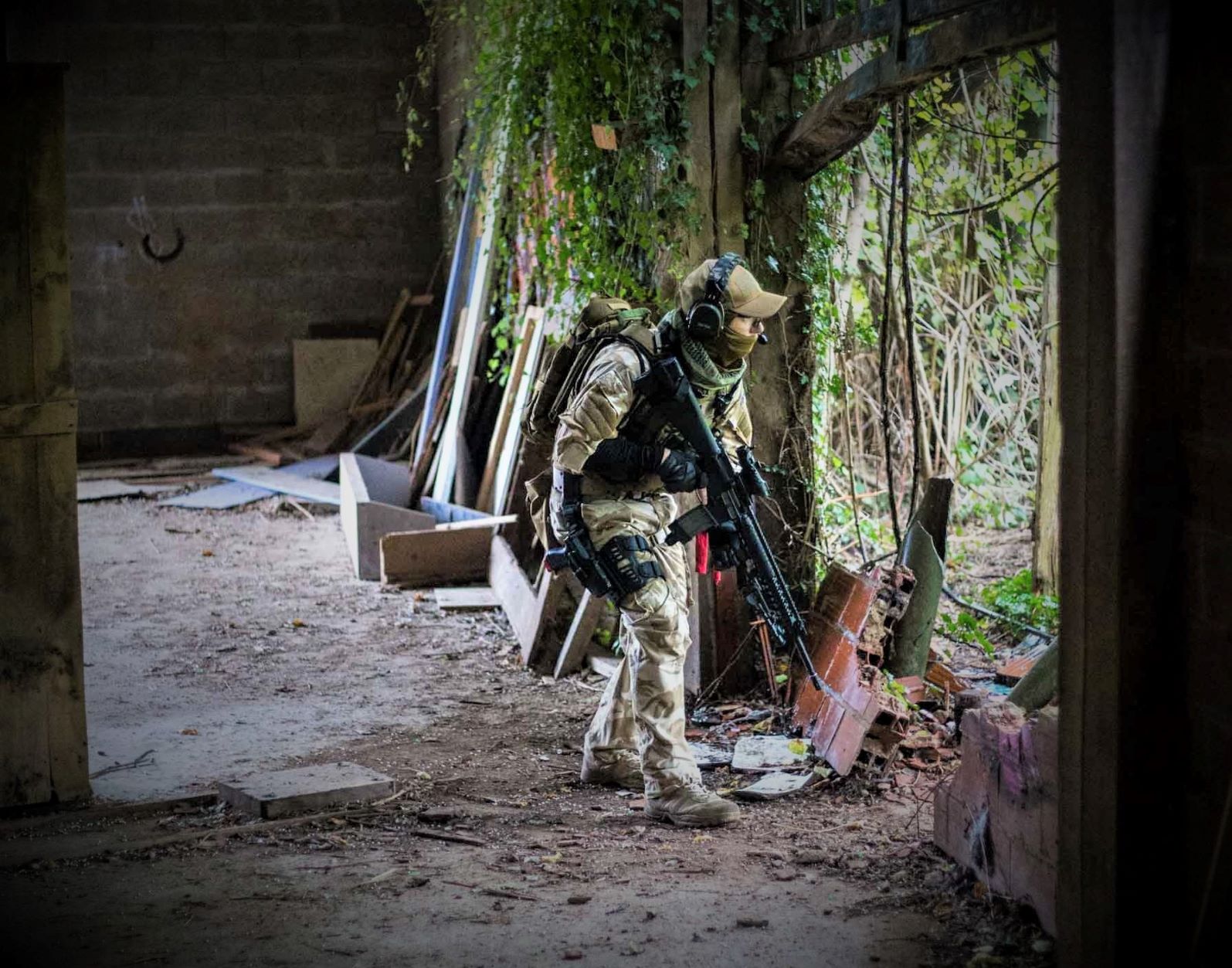
Military surgeons will soon be getting augmented reality (AR) support in the field, with the Ministry of Defence (MoD) today launching a new contract for the cutting edge tech.
The “digital platform” sought will let military medical teams “visualise annotations or directions overlaid onto the real-time surgical field by the advising surgeon”.
The MoD has some particular requirements for the platform, but a limited budget: it is setting aside between £1 million-£1.4 million, a notice published today shows.
The kit’s network needs to be encrypted, easily replaceable, and supporting hardware needs to be commercial off-the-shelf (COTS), the MoD said. The two-year contract notice does not detail the number of anticipated end-users.
It comes amid a flurry of new AR headset launches, including from Lenovo and from Google, which last week unveiled a keenly priced new enterprise version of its Google Glass, aimed at commercial users and retailing for $999.
Army Augmented Reality Platform: Contract Notice Reveals Specific Requirements
“[The MoD seeks a] digital platform that enables real-time telemedicine support to deployed surgical teams, from Defence specialists in the UK, utilising military communication networks and bearers and optimally, cloud connected personal electronic devices”, a contract noticed posted on a public tenders page shows.
 It adds: “This platform will allow (24/7) real-time visual and audio interaction between an internationally stationed surgical team within a tented/hard standing/afloat hospital and UK specialists… utilising mixed or augmented reality.”
It adds: “This platform will allow (24/7) real-time visual and audio interaction between an internationally stationed surgical team within a tented/hard standing/afloat hospital and UK specialists… utilising mixed or augmented reality.”
The MoD has some specific requirements for the platform: “The digital platform should not require specialist hardware, any IT/ AV equipment should be Commercial Off the Shelf (COTS) and readily integrate-able/replaceable”, the notice reveals.
“Specialist network hardware will be provided by the Authority and will integrate with existing communication systems/bearers.”
Must Be Able to Fall Back on Two-Way Audio
The army augmented reality platform’s bandwidth requirements are not to exceed 2 Mbps, the MoD notes. The figure seems ample: Microsoft’s HoloLens headset sets a recommended bandwidth “for optimal performance of Remote Assist” of 1.5 MB/s.
Critically, however, the product must be able to operate (without service interruption) with a data packet delay of 600 milliseconds (ms) Round Trip Time (RTT), simple and easy to re-boot in the case of total power failure to the supporting hardware and, optimally, be able to fall back on 2-way audio when bandwidth is overly contested, with data encrypted at source, in transit and in storage, the MoD notes.






